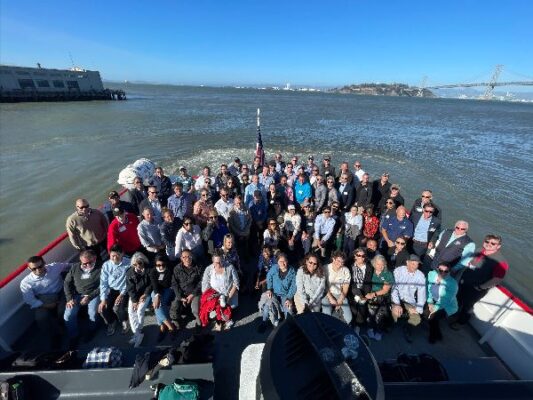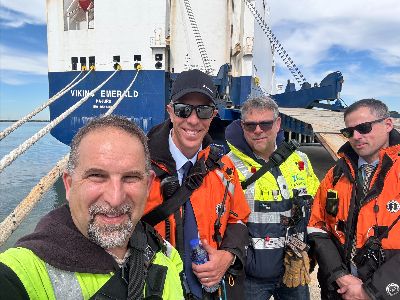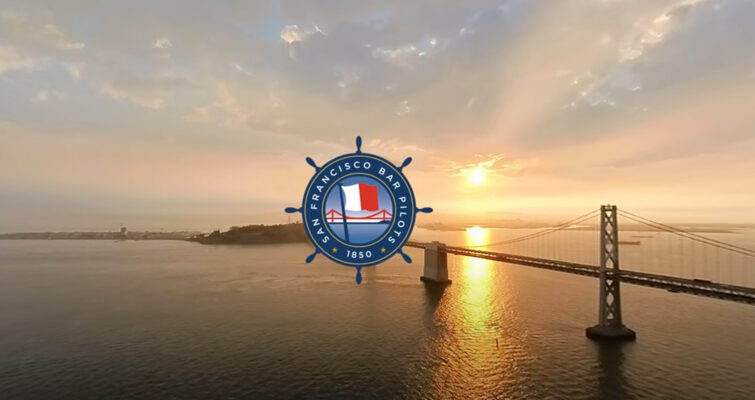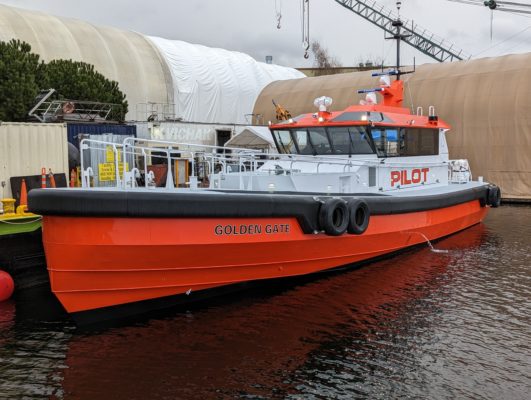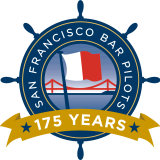A Note from President Capt. John Carlier
After a multi-year effort to reach consensus, the San Francisco Bar Pilots, Pacific Merchant Shipping Association, Cruise Lines International Association, and Western States Petroleum Association have agreed to a comprehensive package of solutions aimed at addressing longstanding revenue issues facing the pilotage system through Assembly Bill 2056 (AB 2056) authored by Assemblymember Timothy Grayson.
AB 2056 seeks to address fundamental challenges with the State’s pilotage rate setting structure and related pandemic induced revenue decline. Since 2019, the SFBP has seen an unprecedented 28% decrease in revenue, and in 2021-2022 the Pilots’ revenue hit a record low. AB 2056 will modify three key aspects of the pilotage system including establishing a Pilot Boat Replacement/Modification Surcharge, reforming the rate-setting process, and implementing emergency funding to support pandemic related revenue loss.
These changes are critical to addressing an outdated rate-making process and will ensure that the Bar Pilots continue their essential work to push the local, regional, and state economy forward.
The amended version of AB 2056 is scheduled to be in print and heard by the Senate Appropriations Committee on August 8th.
On behalf of the San Francisco Bar Pilots, we want to thank Assemblymember Grayson for authoring the bill, and our industry partners for their collaboration and support.
Sincerely,
Capt. John Carlier
Bar Pilots Partner with Port of Stockton to Support Future Growth
The San Francisco Bar Pilots’ pilotage ground includes 160 miles of navigable water, as well as over 200 docks and maritime facilities located throughout the San Francisco and Monterey Bays. The Bar Pilots have a close working relationship with each of our nine port partners and regularly provide technical expertise and practical support.
Today, we are highlighting the Bar Pilots’ partnership with the Port of Stockton. As the fourth busiest port in California, the Port of Stockton handles five million tons of imports and exports each year including items such as Tesla batteries and windmill parts, and even brings in 90% of the fertilizer used in the Central Valley. The Port is now in the planning and design phase of a project that will double its throughput volume by 2026 and is working closely with the Bar Pilots to ensure continued safe and efficient vessel movements.
As highly trained navigators, the Port of Stockton brought on the Bar Pilots early in the planning process to review the proposed plans and to help the Port evaluate the parameters surrounding ship movements to ensure more ships can make their way up and down the river safely and efficiently. Working closely with the Port also allows the Bar Pilots to plan for long-term growth and prepare for increased traffic, which may require licensing more pilots.
Soon the channel deepening project will go through an extensive environmental review and public input process. The Bar Pilots will assist in the preparation of the final plans to ensure they meet their rigorous safety standards. The new terminal is expected to start construction in 2023 and anticipates creating 323 jobs with $32.4 million in ongoing labor income once complete in 2025.
Meet a Bar Pilot
Capt. Eric Robinson, a 20-year veteran of the San Francisco Bar Pilots who helps train the next generation of pilots
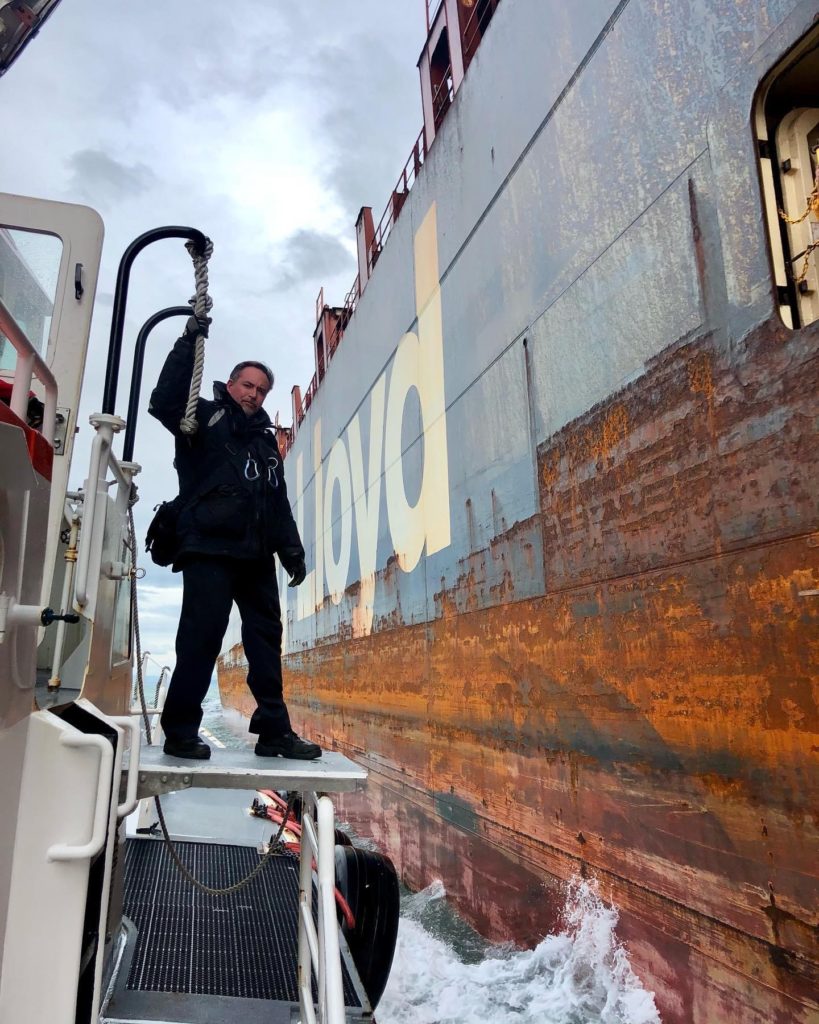
After working in the U.S. Virgin Islands for 10 years, Capt. Eric Robinson came to San Francisco on a lark. “My wife and I had never been west of Ohio, and I came to San Francisco to take the Bar Pilots test as preparation for the Florida pilot test. Luckily, I qualified and entered the program,” said Robinson.
Since then, Capt. Robinson has worked his way up to become one of the most senior Bar Pilots working in the San Francisco waterways and is now in his sixth year serving on the Pilot Evaluation Committee for the Board of Pilot Commissioners. He has helped train 45 of his fellow pilots, remarking, “it’s incredibly rewarding to see them go through training from start to finish and see their skillsets grow.”
As Chair of the Pilot Evaluation Committee, Capt. Robinson is a key member of the team responsible for developing the rigorous evaluation process for prospective pilots – one of the only pilot programs in the United States that include both a written test and a high-tech simulation using real-world scenarios. “The Board of Pilot Commissioners was the first in the country to add a simulator portion for our entrance exam,” said Robinson, which allows evaluation of trainee candidates in situations they would encounter as a bar pilot. An interview portion to assess the candidates on a more holistic level has recently been added to the examination as well. Already experienced mariners, candidates who are admitted into the program train for 18-36 months, undergoing additional testing and demanding competency assessments.
In addition to his work on the Pilot Evaluation Committee, Capt. Robinson is one of the few pilots that regularly takes ships, carrying cargo like cement, rice, and pieces of the high-speed rail system, through the Bay’s tributaries. The transits typically start 11 miles outside of the Golden Gate — where Capt. Robinson climbs on board — and go all the way up through the narrow and winding channels to the Port of West Sacramento and the Port of Stockton. In total, those trips can take ten or more hours to complete, steering 650 foot ships under bridges with as little as two feet of clearance with absolute precision.
After 20 years, Capt. Robinson has no intention of slowing down, saying “it’s gratifying to work with different classes of ships from yachts, tankers, barges, etc., and over 200 docks. Every day is a different challenge and I love what I do.”
Summer Boating Safety Tips
As stewards for boating safety in the challenging Bay Area waterways, this summer the San Francisco Bar Pilots are sharing their knowledge and expertise with recreational boaters looking to learn the basics of rules, safety, and advice from seasoned professionals.
